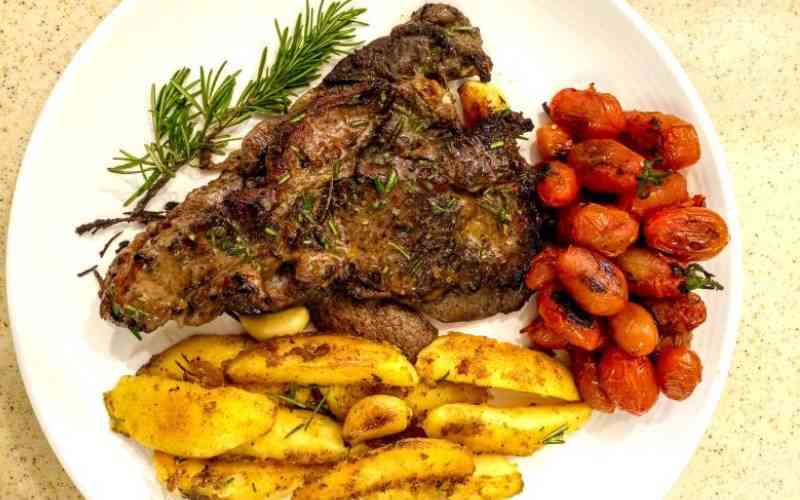 Hair colour has been a trend and it seems to be getting even more popular. However, getting the colour that suits your hair can be a daunting task since there are many choices. It is important to understand the types of hair colours available and their ingredients.
Hair colour has been a trend and it seems to be getting even more popular. However, getting the colour that suits your hair can be a daunting task since there are many choices. It is important to understand the types of hair colours available and their ingredients.
Hair colour contains synthetic and toxic or allergenic ingredients. Check the labels and be sure of what you are exposing your hair to. The different types of hair colour include:
Temporary hair colour: These lasts one to two shampoos since in most cases they are just sprays. Depending on your hair type, the colour may act as a sponge and hold the colour molecules for an extended period of time. This colour is usually applied to dry hair in the spray form. In case it is liquid, it can be applied to wet hair.
Semi-permanent hair colour: These colours can last for four to six weeks. They can blend grey hair without lightening the colour of the other hairs. Their ingredients vary as some strictly use food grade dyes with an alkaliser to open the hair shaft slightly.
Some contain oxidative dyes similar to that of permanent hair colour, but use an alkaliser to allow the oxidative dyes to deposit on the outside of the hair shaft.
An example is henna, which is also a botanical hair colour. Your hair needs to be extremely porous for it to work well with this plant dyes. The plant is normally red and as such, some companies use a variety of ingredients that include metals, oxidative dyes or other plant pigments such as turmeric or walnut to mimic this colour.
It is worth noting that metals can be extremely toxic to the body. Henna comes in a powder form and is then mixed with water, coffee or black tea and applied to dry hair as a paste.
Progressive dyes: The more you use this hair colour, the more colour it deposits. The colour thus builds with the frequency of application. Some of these dyes may contain lead and other toxic metals. It is thus not advisable to use them if you have chemicalised hair — your hair may melt away as the perm might react with the metals in your hair.
Permanent hair colours:
These come in varying brands with a variety of ingredients. Some have more natural ingredients than others and varying concentrations of oxidative dyes. Oxidative dyes go into the hair shaft to develop into a colour. These colours use ammonia to open the hair shaft.
A small concentration of ammonia is not toxic and is required for some colours to cover grey. Monoethanolamine is also found in these colours. It has an odourless fume and can be toxic in large concentrations.
Use it if your hair is damaged, fades quickly or is extremely porous. Ensure you read the label, as many will lead you to believe they are natural while they actually contain only one natural ingredient while the rest are synthetic chemicals.
 The Standard Group Plc is a multi-media organization with investments in media platforms spanning newspaper print
operations, television, radio broadcasting, digital and online services. The Standard Group is recognized as a
leading multi-media house in Kenya with a key influence in matters of national and international interest.
The Standard Group Plc is a multi-media organization with investments in media platforms spanning newspaper print
operations, television, radio broadcasting, digital and online services. The Standard Group is recognized as a
leading multi-media house in Kenya with a key influence in matters of national and international interest.

